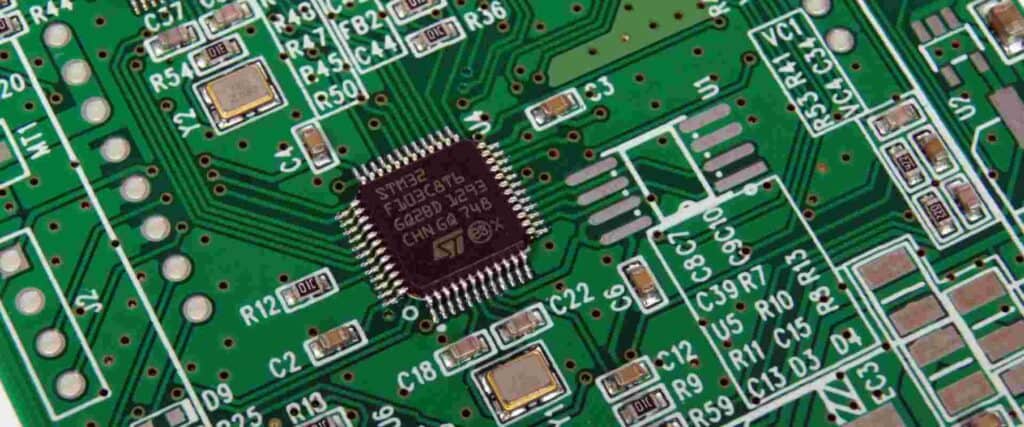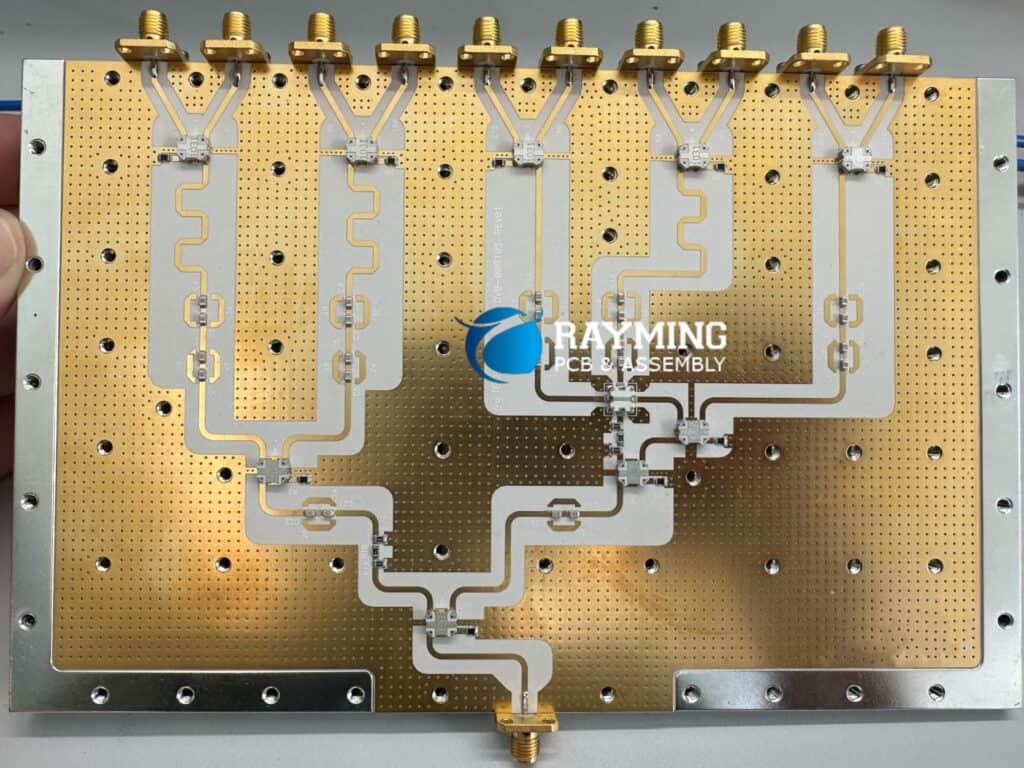In the world of electronics manufacturing, the terms “PCBA” and “PCB” are often used interchangeably, but they represent distinct components with different functionalities and stages of the manufacturing process. Understanding the differences between these two terms is crucial for effective communication, design, and manufacturing of electronic products. This article will provide a comprehensive overview of PCBA and PCB, their definitions, components, and the key distinctions between them.
PCBA: Printed Circuit Board Assembly

Definition
A Printed Circuit Board Assembly (PCBA), also known as a printed circuit board populated with components or a assembled printed circuit board, is a complete and functional circuit board with all necessary electronic components mounted and soldered onto it. It represents the final stage of the PCB manufacturing process, where the PCB is transformed into a fully functional electronic assembly.
Components of a PCBA
A PCBA typically consists of the following components:
- Printed Circuit Board (PCB): The base substrate onto which electronic components are mounted.
- Electronic Components: These include active components (e.g., integrated circuits, transistors, diodes) and passive components (e.g., resistors, capacitors, inductors).
- Interconnections: Conductive traces, vias, and solder joints that facilitate electrical connections between components and the PCB.
- Conformal Coating (optional): A protective coating applied to the assembled PCB to guard against environmental factors like moisture, dust, and vibration.
Manufacturing Process
The manufacturing process of a PCBA typically involves the following steps:
- PCB Fabrication: The base PCB is manufactured using techniques like etching, drilling, and plating.
- Component Placement: Electronic components are accurately positioned and mounted onto the PCB using automated pick-and-place machines or manual assembly processes.
- Soldering: Components are permanently attached to the PCB through soldering processes like wave soldering, reflow soldering, or manual soldering.
- Inspection and Testing: The assembled PCBA undergoes rigorous inspections and functional testing to ensure quality and compliance with specifications.
- Conformal Coating (optional): A protective conformal coating may be applied to the PCBA to enhance environmental protection and reliability.
PCB: Printed Circuit Board
Definition
A Printed Circuit Board (PCB) is a non-conductive substrate made of materials like fiberglass or composites, onto which conductive traces and patterns are etched or printed. It serves as the base for mounting and interconnecting electronic components to create functional electronic circuits.
Components of a PCB
A PCB typically consists of the following components:
- Substrate: The non-conductive base material, typically made of fiberglass or composites.
- Conductive Layers: These are thin layers of conductive material, usually copper, etched or printed onto the substrate to form the desired circuit patterns and traces.
- Solder Mask: A protective coating applied to the PCB, leaving exposed areas for component connections and soldering.
- Silkscreen: A layer of text, logos, or symbols printed on the PCB for identification, component locations, and other markings.
Manufacturing Process
The manufacturing process of a PCB typically involves the following steps:
- Design: The circuit design is created using computer-aided design (CAD) software, which generates the necessary layout files.
- Fabrication: The layout files are used to etch or print the conductive patterns onto the substrate, creating the PCB layers.
- Layer Alignment and Lamination: Multiple conductive layers are aligned and laminated together to form a multi-layer PCB if required.
- Drilling and Plating: Holes are drilled into the PCB for component leads and vias, and these holes are plated with conductive material for electrical connections between layers.
- Solder Mask and Silkscreen Application: A solder mask is applied to the PCB, leaving exposed areas for component connections, and silkscreen markings are printed on the PCB for identification and labeling.
Key Differences Between PCBA and PCB

While a PCB is an essential component of a PCBA, there are several key differences between the two:
| Characteristic | PCBA | PCB |
|---|---|---|
| Components | Includes both the PCB and mounted electronic components | Only the base substrate with conductive traces and patterns |
| Functionality | Fully functional and operational electronic assembly | Provides the base for mounting components and interconnections |
| Manufacturing Process | Involves PCB fabrication, component placement, soldering, and testing | Focuses on the fabrication of the base PCB with conductive patterns |
| Complexity | More complex, involving multiple manufacturing steps and processes | Less complex, primarily focused on the fabrication of the base PCB |
| Cost | Generally higher cost due to additional components and assembly processes | Lower cost, as it is a component of the PCBA |
| Applications | Used as a complete electronic assembly in various electronic products | Used as the base for mounting components and creating electronic circuits |
When to Use PCBA or PCB?
The choice between using a PCBA or a PCB depends on the specific requirements and stages of the electronic product development and manufacturing process:
- PCBA: A PCBA is typically used when a fully functional and operational electronic assembly is required, such as in the final production stage of electronic products or when prototyping and testing complete circuits.
- PCB: A PCB is used when you need to fabricate the base substrate for mounting electronic components and creating interconnections. It is an essential component in the manufacturing process of PCBAs and is often designed and sourced separately before the assembly stage.
FQA (Frequently Asked Questions)
- Q: Can a PCB function on its own without any components mounted on it? A: No, a PCB alone cannot function as a complete electronic circuit without any electronic components mounted on it. The PCB provides the base for mounting and interconnecting components, but it requires the addition of active and passive components to create a functional electronic assembly.
- Q: Is it possible to rework or repair a PCBA by replacing components? A: Yes, it is possible to rework or repair a PCBA by replacing faulty or damaged components. This process typically involves desoldering the faulty component and soldering a new replacement component onto the PCB.
- Q: Can a PCBA be manufactured without first creating a PCB design? A: No, a PCBA cannot be manufactured without first designing and fabricating the PCB. The PCB serves as the foundation for the PCBA, and its design and layout are essential for determining the placement and interconnections of electronic components.
- Q: Are all PCBAs assembled using automated processes? A: While many PCBAs are assembled using automated processes, such as pick-and-place machines and reflow soldering, some PCBAs may involve manual assembly processes, particularly for prototyping or low-volume production runs.
- Q: Can a conformal coating be applied to a PCB without any components mounted? A: Yes, it is possible to apply a conformal coating to a bare PCB without any components mounted. This can provide protection to the conductive traces and patterns during storage or transportation before the assembly stage.



0 Comments